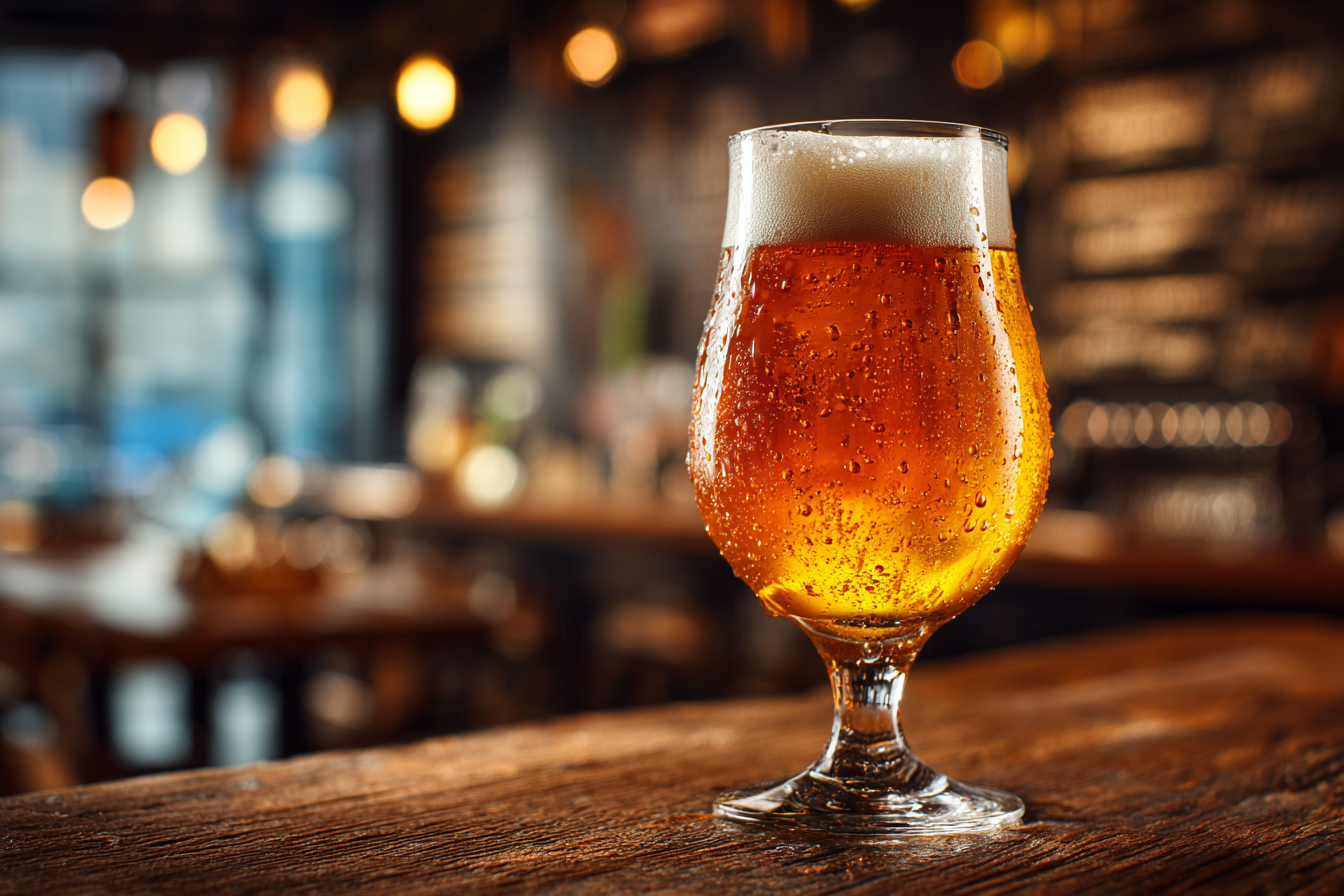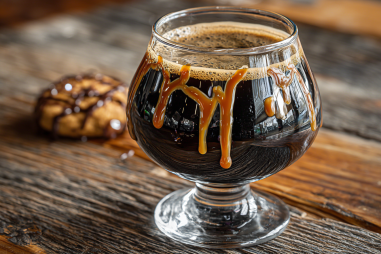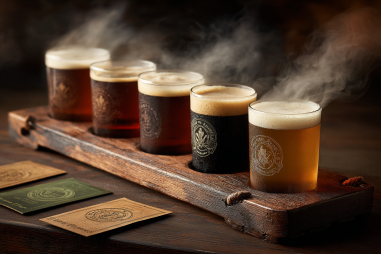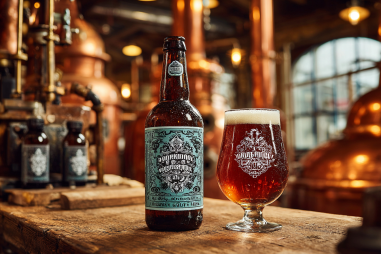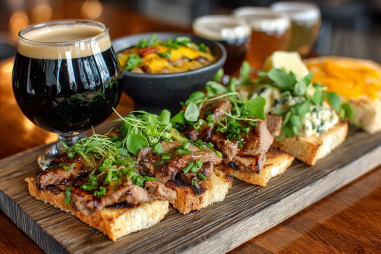West Coast IPA is beloved by beer enthusiasts for its bold hop character, crisp bitterness, and vibrant citrus and pine aromas. To fully appreciate these distinctive qualities, proper serving methods play a crucial role. Whether you’re enjoying a fresh brew from a local brewery or a well-aged bottle from your stash, knowing how to serve your West Coast IPA can drastically elevate your tasting experience. Let’s dive into some expert tips on temperature, glassware, pouring, storage, and more to help you savor every sip of this hop-forward beer style.
Ideal Serving Temperature for West Coast IPA
Serving your West Coast IPA at the correct temperature is one of the simplest yet most important ways to enhance its flavor profile. Generally, the ideal temperature range is between 45°F and 50°F (7°C to 10°C). This slightly chilled temperature helps balance the bitterness and allows the complex hop aromas to shine through without being muted or overwhelmed.
Serving your West Coast IPA too cold (below 40°F) can dull the taste and suppress the aromatic qualities, making it taste flat or overly bitter. On the other hand, serving it too warm (above 55°F) may amplify undesirable flavors like vegetal notes or excessive bitterness, and the carbonation could seem less refreshing. If your beer has been refrigerated, taking it out about 15 to 30 minutes before drinking will allow it to reach that perfect tasting window.
Best Glassware Options
Choosing the right glass can do wonders for your West Coast IPA experience. The goal is to enhance aroma retention, showcase the beer’s color, and support a solid head of foam. Here are some excellent glassware choices:
- Tulip Glass: This glass with its bulbous body and inward-curved rim traps and concentrates hop aromas, making every sniff more intense while supporting a beautiful foamy head.
- IPA Glass: Many breweries now design IPA-specific glasses that feature a wider bowl and a narrower top to highlight hops’ bright, piney, and citrus aromas.
- Pint Glass (Shaker or Nonic): Though less specialized, a clean, clear pint or nonic glass is still a fine option, especially if it’s rinsed with cold water before pouring to enhance head retention.
Avoid thick or frosted glasses because they can hinder aroma exchange and mask the visual beauty of your West Coast IPA’s deep golden to amber hue.
Pouring Techniques for Head Retention
The way you pour your West Coast IPA directly impacts the beer’s aroma, presentation, and mouthfeel. To maximize the delicate hop aromas and create a satisfying head, try these pouring tips:
- Hold your glass at about a 45-degree angle and pour gently down the side until it’s roughly halfway full.
- Straighten the glass upright and pour the remaining beer directly into the center of the glass to encourage a foamy head of about 1 to 1.5 inches.
- Avoid pouring too quickly or aggressively, as this can create an overly large head, causing excessive carbonation to dissipate.
A proper head not only looks inviting but also releases the burst of hop aromas and improves the overall tactile sensation of the beer on your palate.
Storage and Freshness Recommendations
West Coast IPAs are best enjoyed fresh. Since they rely heavily on vibrant hop aromas, they are more sensitive to aging compared to some malt-forward beer styles. To keep your IPA tasting its best, follow these storage tips:
- Store your bottles or cans in a cool, dark place with a consistent temperature, ideally below 55°F (13°C).
- Avoid exposing West Coast IPAs to oxygen, heat, or light, as these elements cause hop degradation and stale flavors.
- Consume your IPA within 2 to 3 months of the packaging date for the most intense flavor and aroma impact.
- If you buy beer in bulk, try to rotate your stock by drinking the oldest first to minimize the chance of staling.
Refrigeration helps extend freshness and keeps the beer carbonated and cool for serving but should not be a substitute for proper short-term storage practices.
How to Identify Quality Through Appearance and Aroma
Before the first sip, you can tell a lot about a West Coast IPA’s quality by examining its appearance and aroma. Here’s what to look for:
- Appearance: The beer should pour clear, with a deep golden to copper color, and showcase a thick, white head that clings to the glass. Cloudiness or haziness often indicates either contamination or style deviation.
- Aroma: Expect bold, fresh hop scents featuring pine, resin, citrus fruits (like grapefruit and orange), and sometimes floral or spicy notes. The malt backbone should provide subtle sweetness without overpowering the hops.
- Off-Arrows to Avoid: Watch out for aged or cardboard-like aromas, which suggest the beer isn’t fresh, or any sulfuric or skunky smells that point to poor storage or brewing issues.
Tips for Tasting and Appreciating the Flavor Nuances
When it’s time to taste your West Coast IPA, be mindful to appreciate the layers of flavors crafted by the brewer:
- Start with Aroma: Take a deep sniff to identify the hop profile—pine, resin, citrus, tropical fruit or floral notes.
- Take Small Sips: Let the beer coat your tongue and try to pick out bitterness balanced by malt sweetness, along with any fruity esters or resinous hop flavors.
- Consider the Mouthfeel: West Coast IPAs tend to have a medium body with moderate carbonation; note how that affects your perception of the bitterness and flavors.
- Finish: Pay attention to the aftertaste, which often lingers with a pleasant resinous or citrusy bite.
- Pair Thoughtfully: West Coast IPAs complement spicy foods, grilled meats, sharp cheeses, and anything rich enough to withstand the hop bitterness.
Common Serving Mistakes to Avoid
Even with excellent beer, certain common mistakes can diminish your West Coast IPA experience. Here are the pitfalls to watch out for:
- Serving Too Cold: Overchilling conceals hop aroma and flavor complexity.
- Using Dirty Glassware: Residual oils or detergent can kill the head and mute aroma.
- Rough Pouring: Pouring too aggressively wastes carbonation and aroma potential.
- Storing Improperly: Leaving beer in warm or lit areas accelerates spoilage and staling.
- Ignoring Freshness: Drinking an IPA past its prime results in muted hop character and an unbalanced profile.
Maximizing Your West Coast IPA Experience
Serving your West Coast IPA with care unlocks an incredible flavor and aroma journey. By minding the temperature, choosing the right glass, pouring gently for the perfect head, and prioritizing freshness through proper storage, you set the stage for the beer’s vibrant hops and crisp finish to truly shine. Being attentive to the sensory aspects—from aroma to mouthfeel—enhances your appreciation of the skill and ingredients behind this classic beer style. Avoiding common missteps will further ensure each pour delivers a satisfying and refreshing experience that celebrates everything you love about West Coast IPAs. Cheers to enjoying this iconic beer at its very best!

